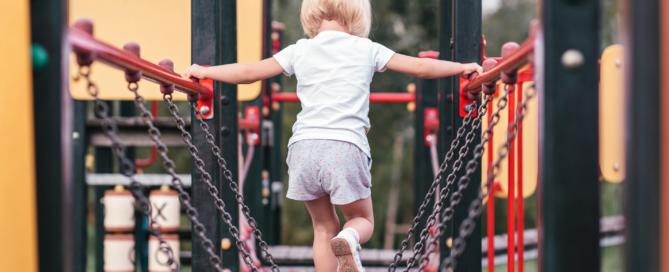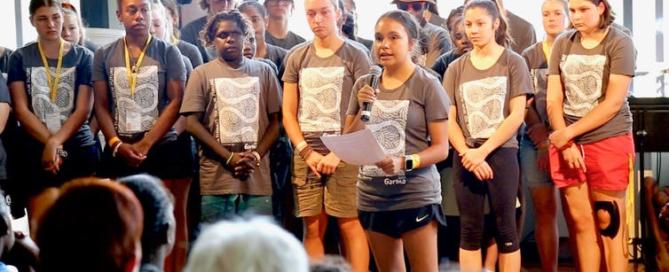Public places through kids’ eyes – what do they value?
Children are too rarely asked their perspectives on public spaces. Traditionally, adults make choices for children, particularly about how they live and play. In yet-to-be-published research* on behalf of a local council, we asked 75 children aged 7-12 from ten primary schools in a disadvantaged area of Sydney to map what they value in their [...]




